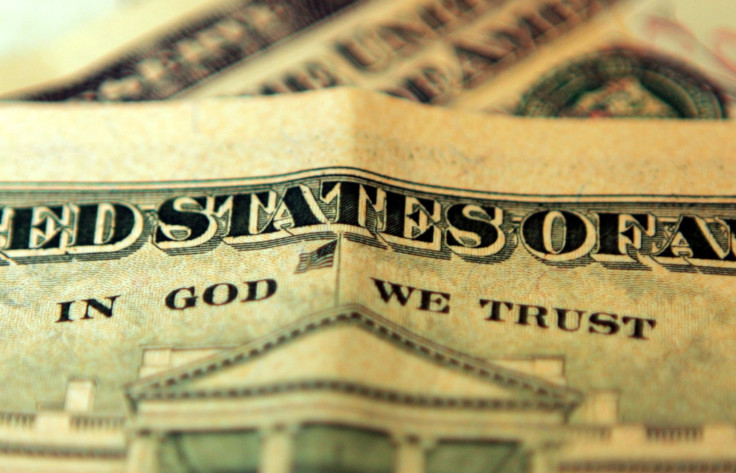Does an Indian summer loom for the dollar as autumn reaches the bond markets?
Markets are now pricing in an extraordinarily slow pace of rate hikes by the US Fed – from their current 0.25-0.5% range, to about 0.75% by the end of 2017.

Children back at school, nights slowly starting to draw in and the weather more changeable. The seasons are turning and after an eerily calm summer for financial markets, there's a whiff of uncertainty in the air. Bond yields are up from their lows, and the relentless migration of global capital towards any asset, anywhere, with some yield, is slowing.
The concern is the growing awareness of central banks' waning ability to boost growth with ever-lower interest rates and ever-bigger purchases of assets. The debate about if, when and how slowly the US Federal Reserve will raise interest drags on, but if downward pressure on global bond yields from the European Central Bank (ECB) and the Bank of Japan's (BOJ) largesse is drawing to a close, that's a bigger milestone for markets.
A world of higher bond yields is one where the pressure to seek yield in exotic places is diminished. It's also a world where the capital gains that accompanied falling yields become capital losses and investors question the merit of bonds over cash (or equities).
This search for yield in exotic places has, since the end of January, helped the Brazilian real gain more than 20% against the US dollar, with the Russian rouble managing almost as much. The dollar, itself, has fallen back is by 7.5% fall in trade-weighted terms, unwinding nearly 40% of the gains it has seen since mind-2014.
There's no need to panic about bond yields rising, because rate rises in Japan or the Eurozone are years away and the Fed's still tinkering. But 10-year yields on both German and Japanese government bond yields fell below zero for the first time in late June. They have been edging higher through the summer. It's almost as if investors really aren't that keen on tying money up at negative yields for that long – why not stick to cash?
In the US, estimates of "neutral" real interest rates are tumbling to around zero. Estimates of how much slack there is left in the labour market are being revised up and after five years when productivity growth has averaged a measly 0.5%, there's widespread acceptance that it's unlikely to accelerate by magic.
But even if we take all of this into account, markets are now pricing in an extraordinarily slow pace of rate hikes by the Fed – from their current 0.25-0.5% range, to about 0.75% by the end of 2017 and to 1% by the end of 2018.
GDP growth still oscillates around 2%, the Fed's favoured measure of inflation is at 1.6% and the unemployment rate is trending lower. The pricing of the future path of short term rates seems too low even for the "new normal" economic environment.
If the Federal reserve raises rates in December (after the US election), even that small move may be enough to trigger a rethink about the prospects for 2017 and 2018, and a push towards 2% or a little higher in 10-year US bond yields.
Put that into a world where we have growing doubts about the ability of the BOJ or ECB to revive their economies, and it's a recipe for nervousness in emerging markets to grow and for the dollar to recover the ground it lost this year against the euro, and the yen.
All of these currencies have gained against the pound and I can't see that changing. Too much importance should not be placed on either the collapse in confidence immediately after the vote to leave the EU or the subsequent bounce.
The economic impact of leaving the EU will be felt through delayed investment decisions as a result of uncertainty about when and on what terms it happens. A debilitating rather than a corrosive impact on the economy will be seen in slower, but positive growth. It will also be felt in further (slower) sterling weakness.
The Bank of England has already cut policy rates from 0.5% to 0.25%, and there's more to come from both the Bank and the pound over the next year. A 5% fall from here would take the pound close to €1.1, and we could see it fall below $1.25 as the Federal Reserve edges rates higher.
Kit Juckes is the head of forex at Société Générale, having joined the French investment bank in 2010. A market veteran of over three decades, he has previously worked for ECU Group, RBS, Mitsui Bank and SG Warburg. He will be writing regularly for the International Business Times UK on forex and macroeconomics.
© Copyright IBTimes 2025. All rights reserved.






















